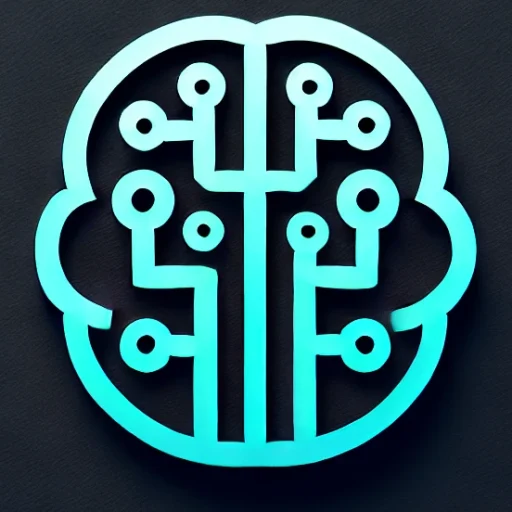
Introduction
As artificial intelligence continues to evolve, a groundbreaking shift is underway, fundamentally altering how we perceive and interact with technology. Generative AI has emerged as a key driver of innovation, pushing the boundaries of creativity and efficiency across multiple sectors. From generating art and music to revolutionizing product design and digital content creation, generative AI is not just a technological trend—it’s a transformative force reshaping the landscape of possibilities.
Key Insights & Latest Advancements
Generative AI refers to algorithms that can create new content, be it text, images, audio, or even complex data modeling. This technology is powered by advancements in neural networks and deep learning, particularly through models like Generative Adversarial Networks (GANs) and transformers like GPT. Recent developments have shown remarkable capabilities; for instance, OpenAI’s GPT series has demonstrated the ability to generate human-like text across a broad range of topics, while DALL-E and Midjourney have advanced image creation with stunning results.
These innovations have been propelled by increased computational power and the availability of vast datasets, which allow these models to learn and adapt with increasing sophistication. The competition and collaboration among tech giants and startups alike have fostered an environment ripe for rapid progress and deployment.
Real-World Applications
The real-world applications of generative AI are as varied as they are expansive. In the arts, tools like OpenAI’s MuseNet and Runway ML are enabling creators to compose music and generate videos with a complexity that rivals human-made content. In design, companies are leveraging AI to automate the creation of virtual environments and prototypes, significantly speeding up the design process and reducing costs.
Furthermore, the media industry is tapping into generative AI to produce realistic deepfakes and digital humans for movies and virtual reality experiences. In healthcare, AI models aid in drug discovery and the generation of synthetic data for training purposes, ensuring patient privacy while enhancing machine learning models.
Challenges & Future Outlook
Despite its potential, generative AI is not without challenges. One of the most pressing concerns is the ethical implications of AI-generated content. Issues of originality, plagiarism, and the potential for misuse in creating deceptive media are at the forefront of ongoing debates. The need for robust regulatory frameworks and ethical guidelines is critical to harnessing AI’s power responsibly.
The future of generative AI holds immense promise, with continuous advancements in neural network architectures and training techniques. As models become more sophisticated, they are expected to perform complex tasks with even greater autonomy and accuracy. The integration of AI into creative processes will not supplant human creativity but will augment and expand it, unlocking new realms of artistic and technical endeavor.
Conclusion with Key Takeaways
Generative AI represents a leap forward in the intersection of technology and creativity, enabling unprecedented levels of innovation across industries. As we navigate the opportunities and challenges it presents, collaboration between technologists, ethicists, and policymakers will be crucial in ensuring that these advancements benefit society as a whole. Embracing generative AI’s potential while addressing its challenges will pave the way for a future where human ingenuity is amplified by the capabilities of intelligent machines.

